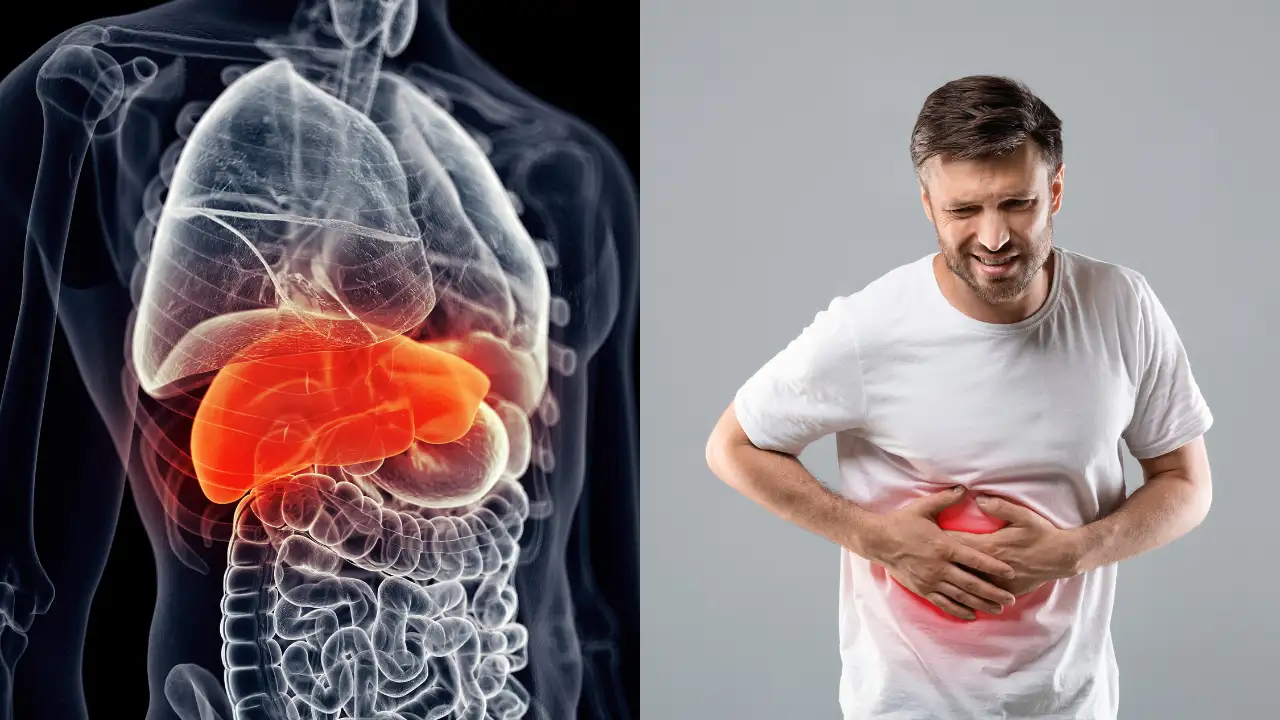In India, fatty liver disease—particularly metabolic dysfunction-associated fatty liver disease (MAFLD)—is becoming a growing health concern. Recent studies show that approximately 27–39 per cent of adults may be affected, with prevalence rising over the past five years. Urban populations and individuals with obesity, diabetes, or high cholesterol are especially at risk, with some reports showing over 50 per cent prevalence in these groups. Even children are now being diagnosed, with a recent analysis showing a 38 per cent prevalence among youth. This silent epidemic is often overlooked in early stages but can lead to severe liver damage if left unmanaged.
Fatty liver disease has quietly emerged as an increasing health challenge in India. What may start off as fat accumulation in the liver may develop slowly over time into serious liver disease. This percentage has surpassed viral hepatitis as the leading cause of liver diseases. Early detection and proactive medical management can prevent this outcome altogether.
Understanding Fatty Liver: More Common Than You Think
Fatty liver, or hepatic steatosis, occurs when excess fat builds up in liver cells. This condition can be either alcoholic fatty liver disease (AFLD)—caused by heavy drinking—or MAFLD, which is associated with obesity, type 2 diabetes, and high cholesterol. MAFLD is now the most common form, affecting nearly one in four adults worldwide.
Fatty liver disease is concerning because a person can go from fat in the liver to inflammation in the liver to the development of scar tissue causing clinical symptoms and reduced liver function without the person being aware of any of the damage until it is too late. Most of the time a person is asymptomatic in the early stages of the disease and will not know they have it. This makes detecting that they have a fatty liver difficult.
Eventually, specifically metabolic dysfunction-associated steatohepatitis (MASH) can develop, which is inflammation of the liver, and then persist into scar tissue or fibrosis. If someone continues to damage their liver, it can progress into a state of cirrhosis, which is the loss of healthy liver tissue replaced by enough scar tissue to impair liver function.
From Silent to Severe: The Progression of Fatty Liver
Fatty liver disease advances relatively quietly, so many patients experiencing discomfort do so only at later stages, with major damage already completed. Leading hepatology opinions indicate that 20 per cent of patients with MAFLD can develop MASH, and an even smaller subset of patients can develop cirrhosis and liver cancer.
Once the "classic" symptoms of cirrhosis set in, the liver cannot heal and cannot recover. By the time patients present with these symptoms (fatigue, jaundice, fluid retention, disorientation), significant liver function is lost. This can lead to the development of serious liver disease.
Why Early Medical Attention Makes All the Difference
The silver lining is that fatty liver disease is reversible in its early stages. Lifestyle modifications—including weight loss, regular exercise, and a balanced diet—can significantly reduce liver fat and inflammation. Additionally, managing blood sugar and cholesterol levels can prevent disease progression.
More importantly, routine screening through liver function tests and imaging (such as ultrasound or FibroScan) can detect liver abnormalities before symptoms arise. For high-risk individuals—those with obesity, diabetes, or a family history—regular check-ups with a gastroenterologist or hepatologist are strongly recommended.
A Preventable Path to Serious Liver Diseases
With proper diagnosis and supervision from a physician, it could be possible to halt the progression, slow the damage down, or even reverse it completely. One must consult their healthcare provider for appropriate screening and guidance.
